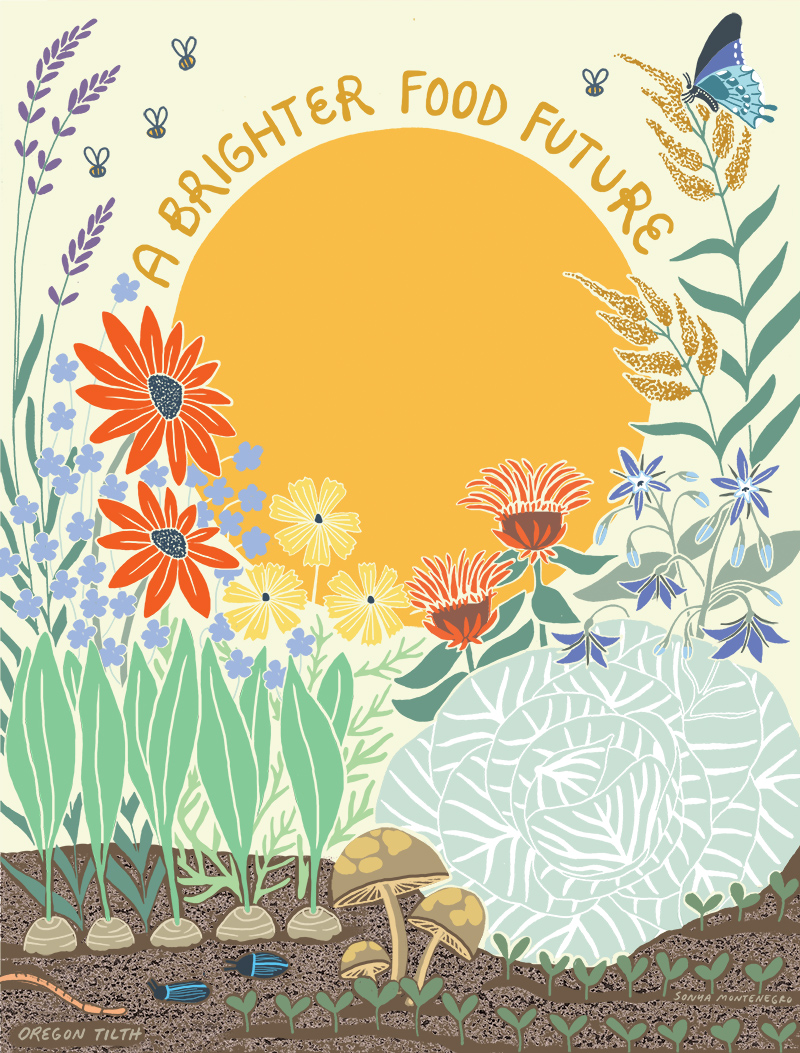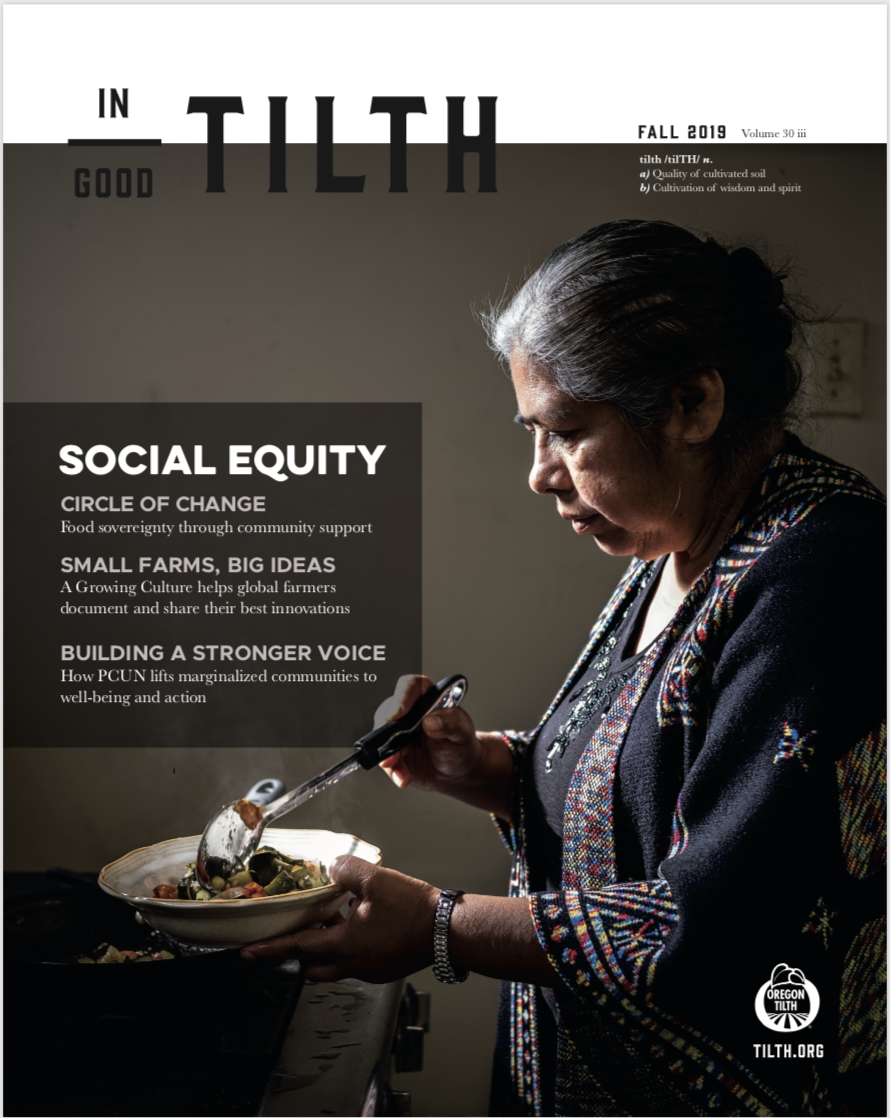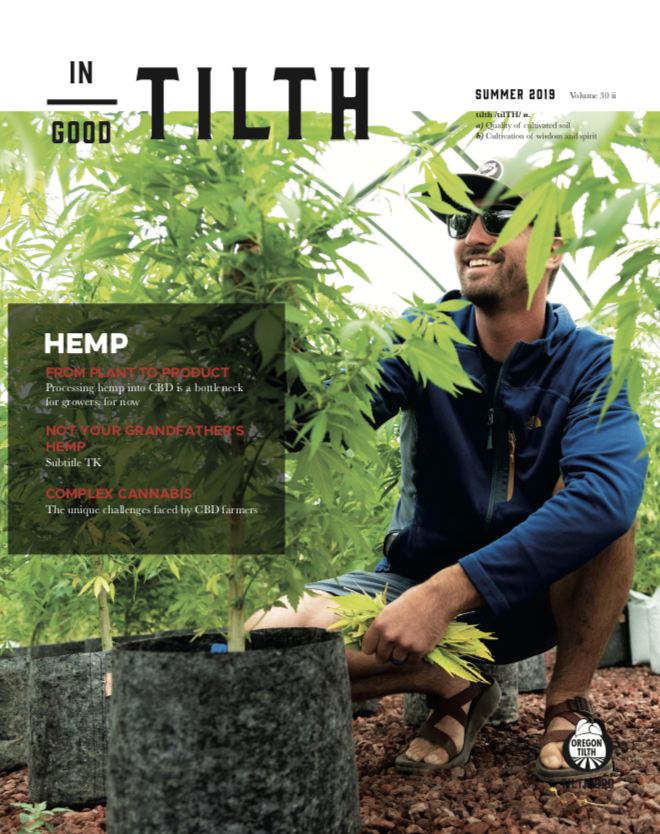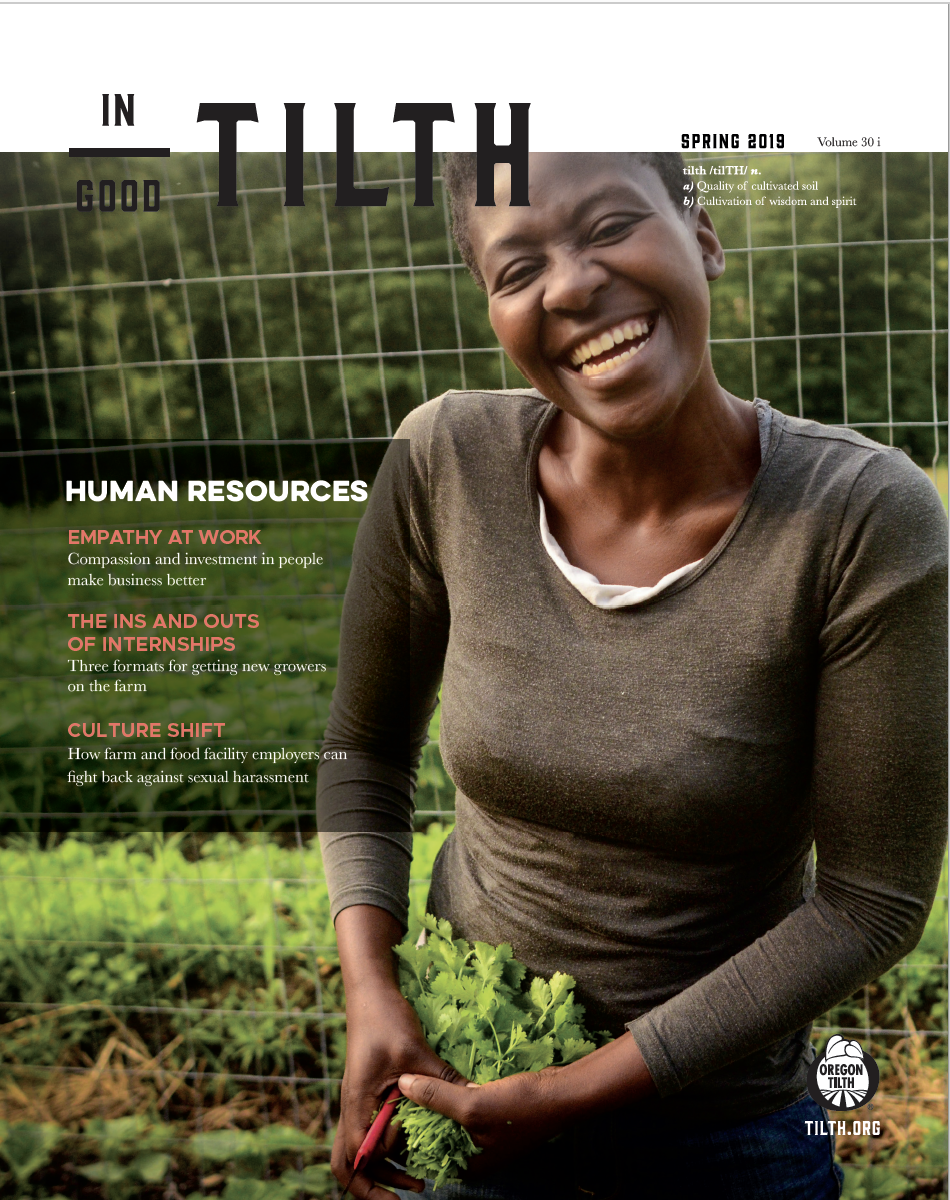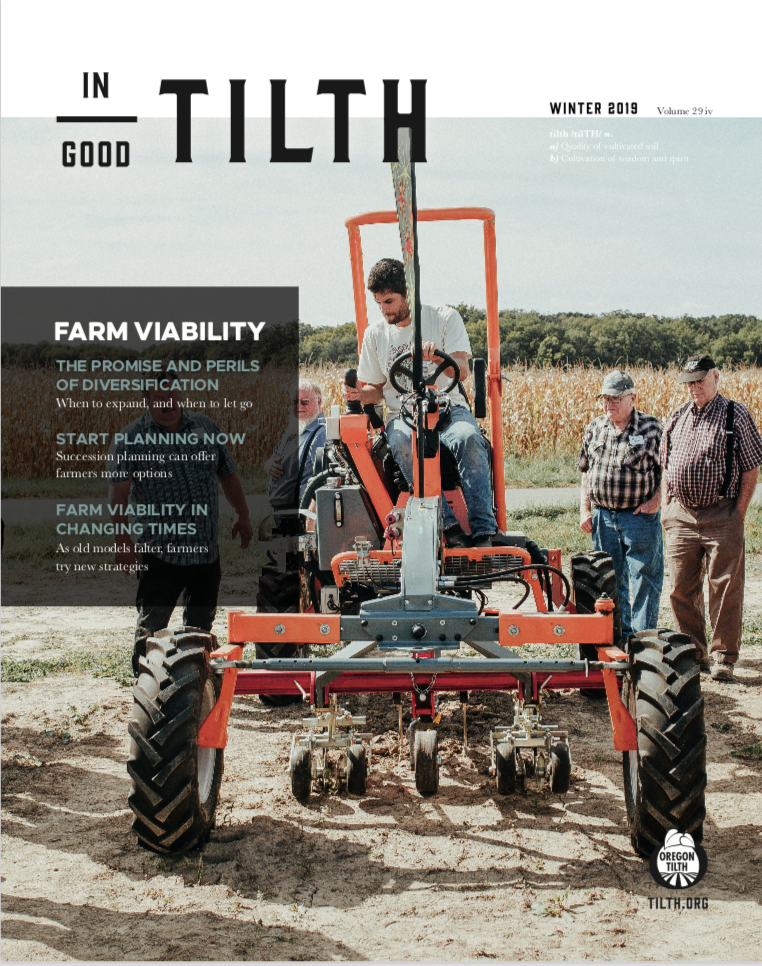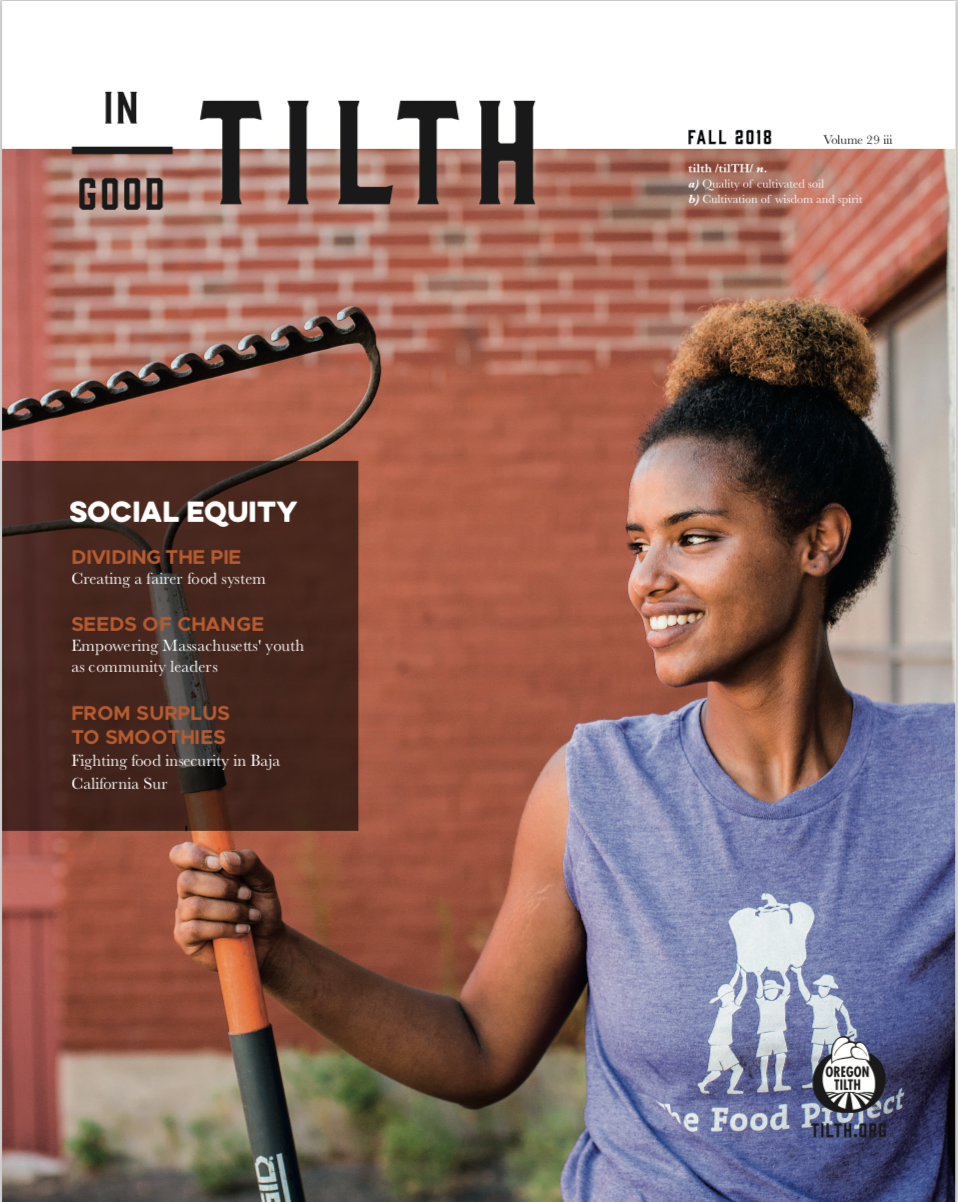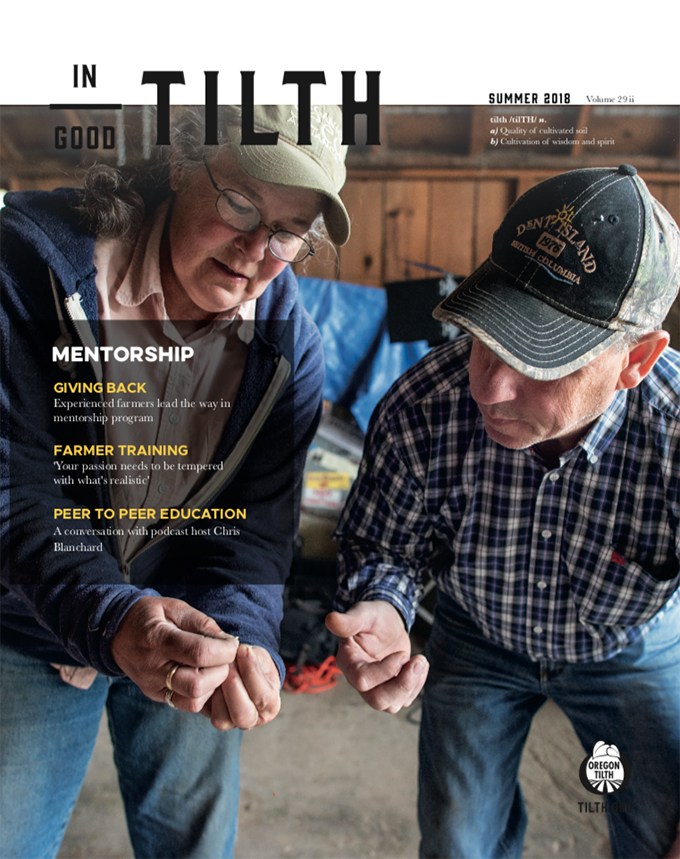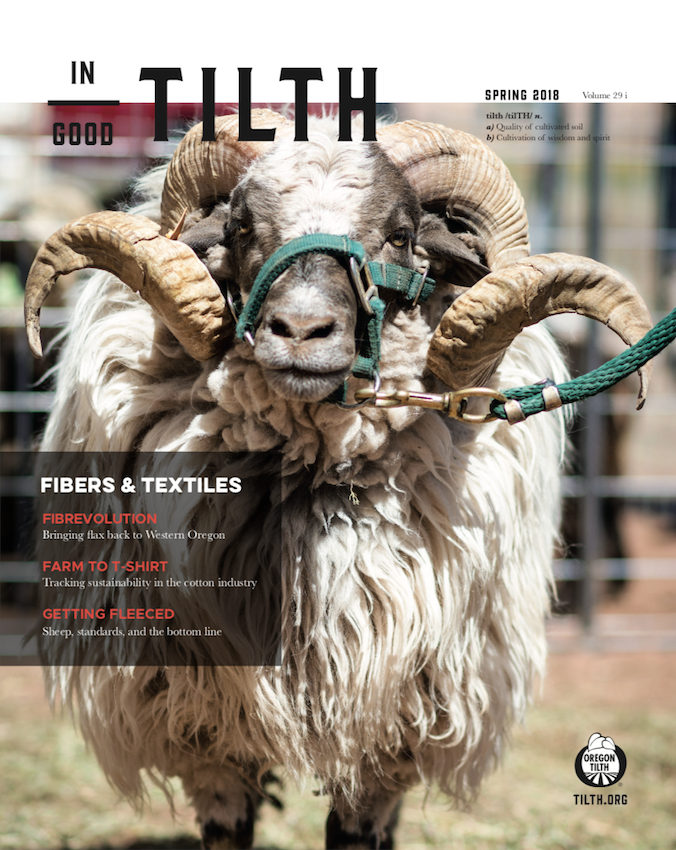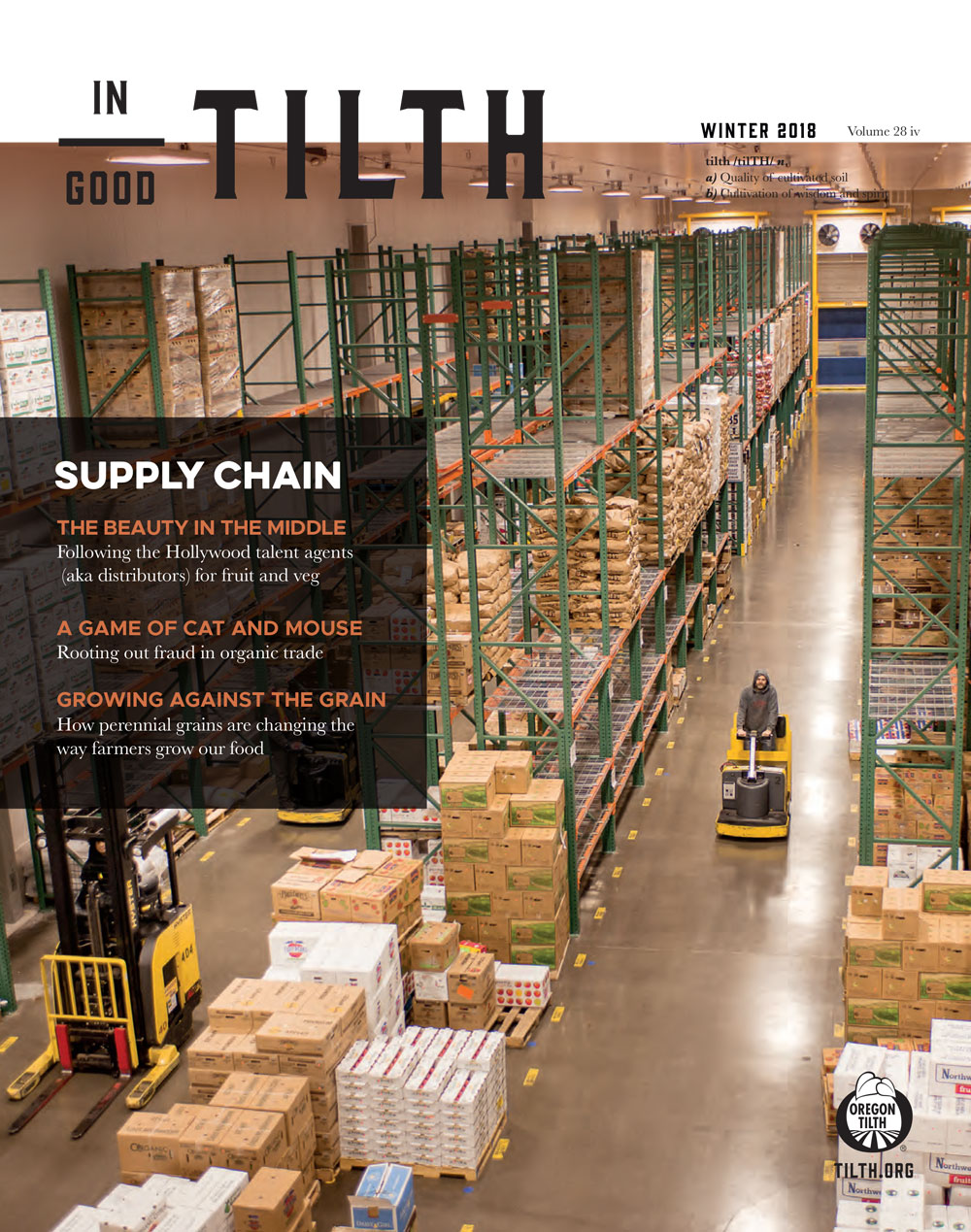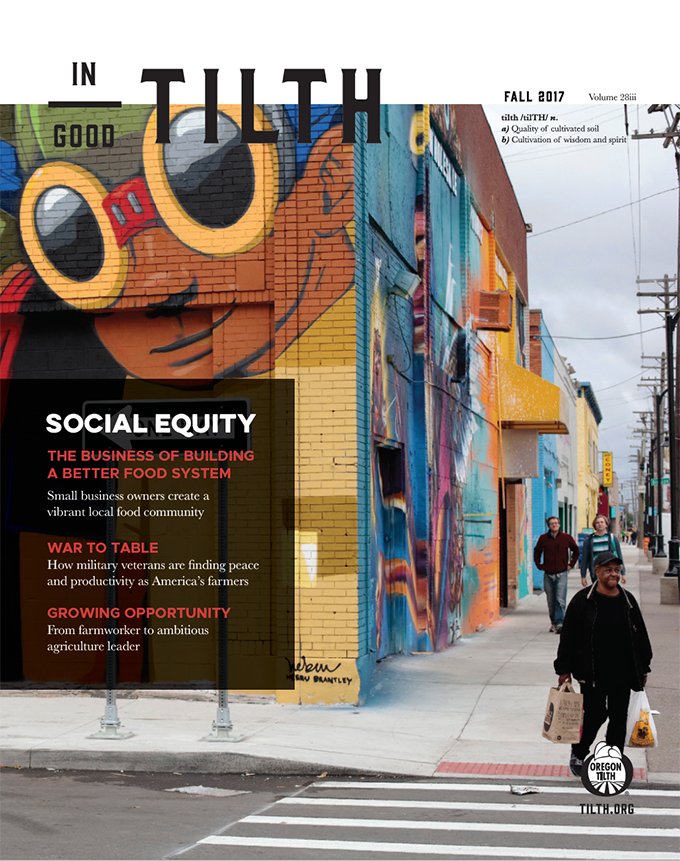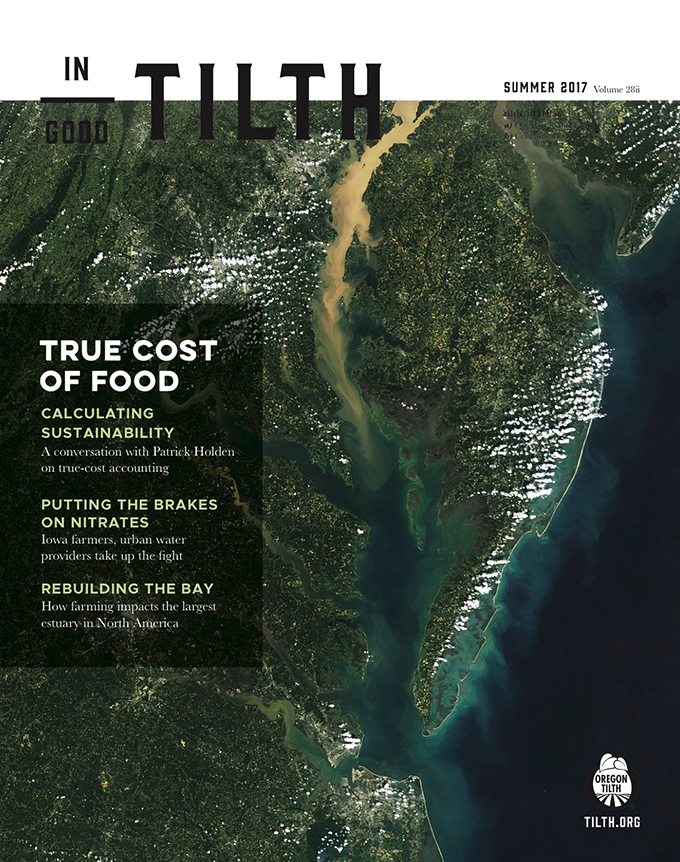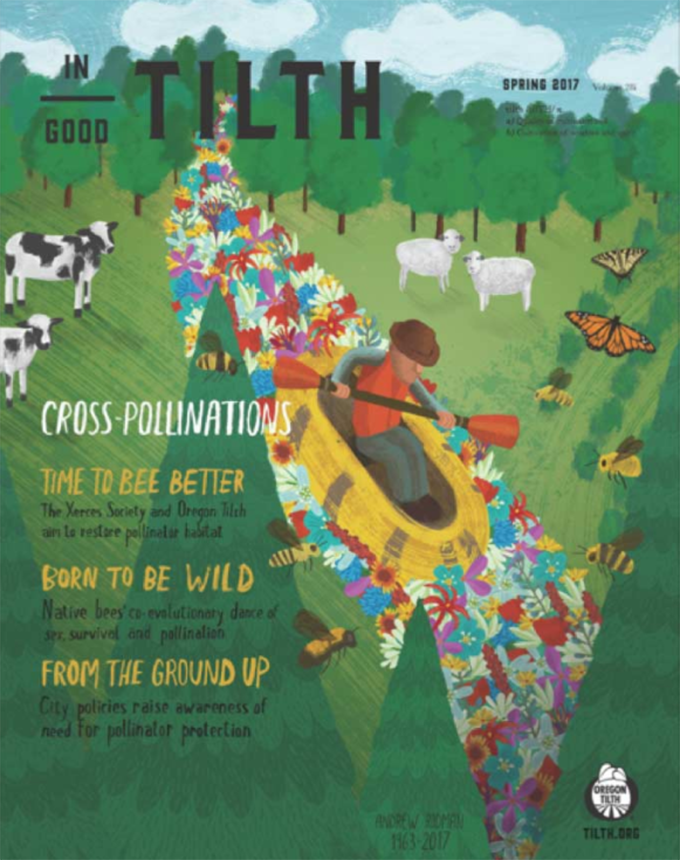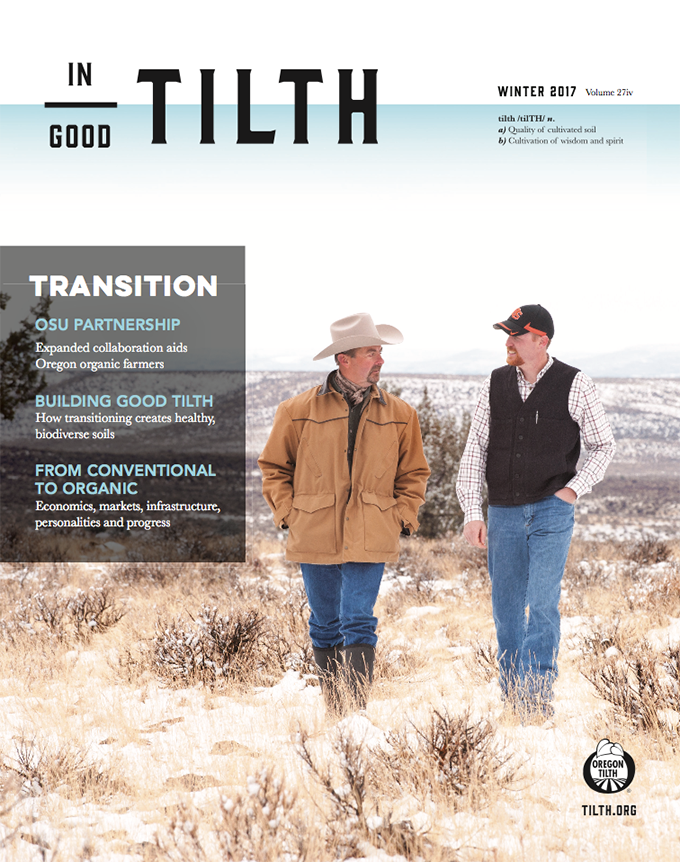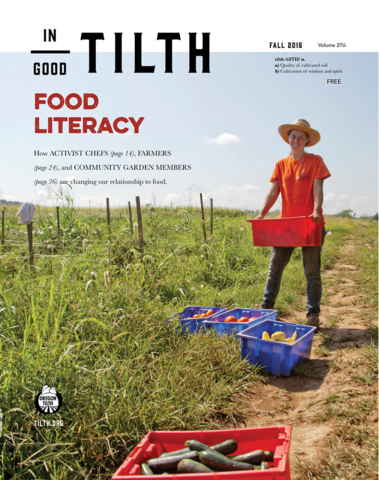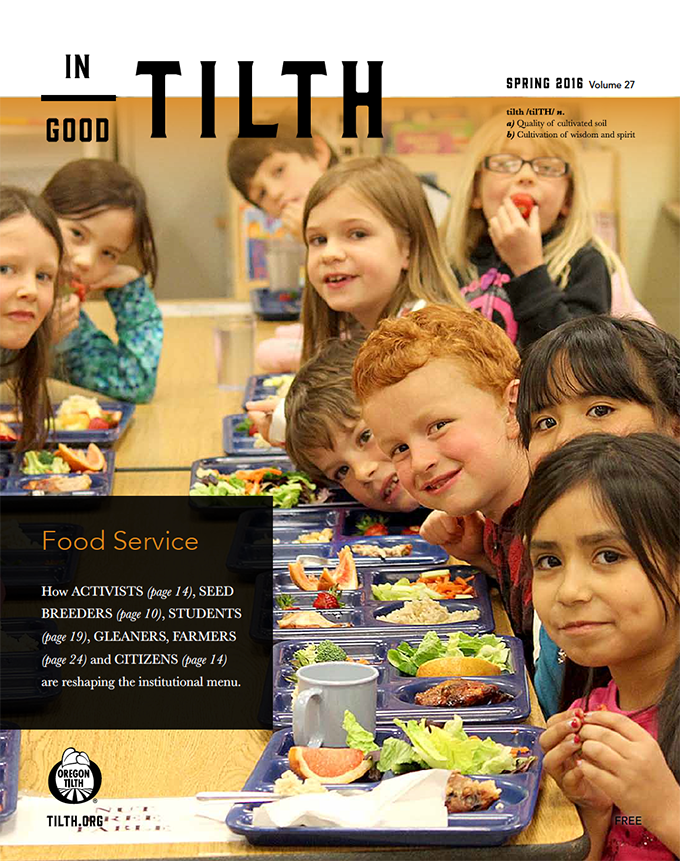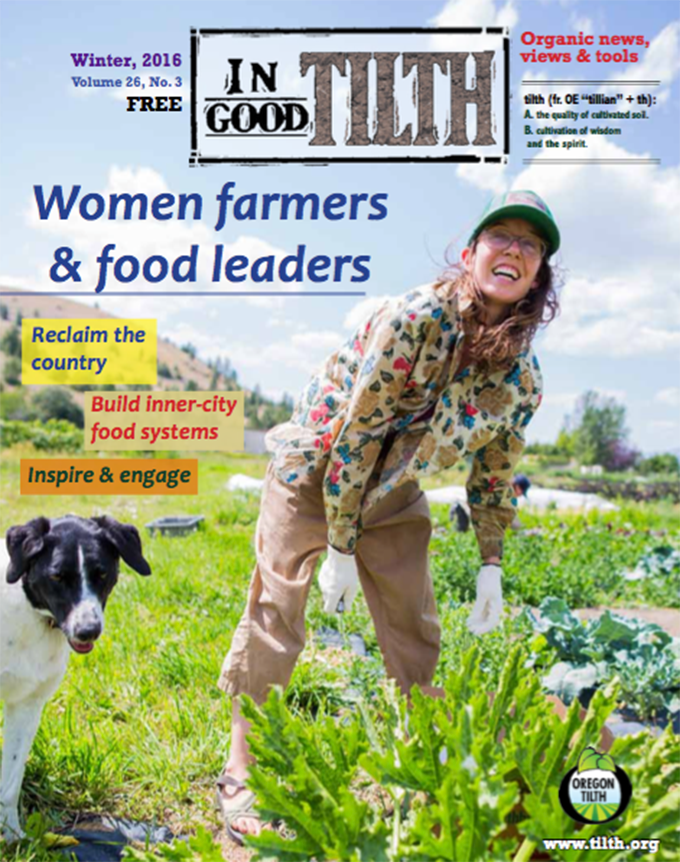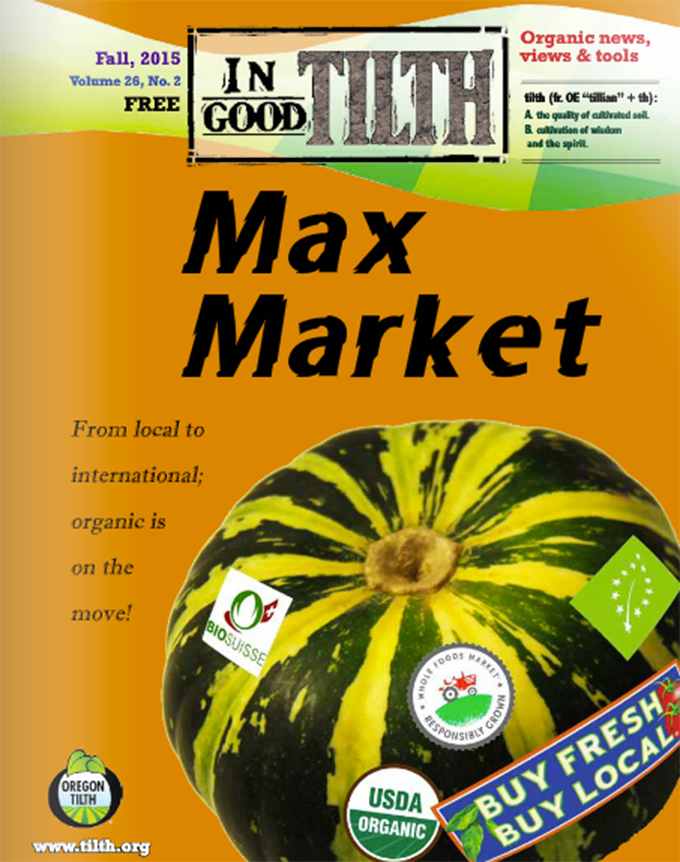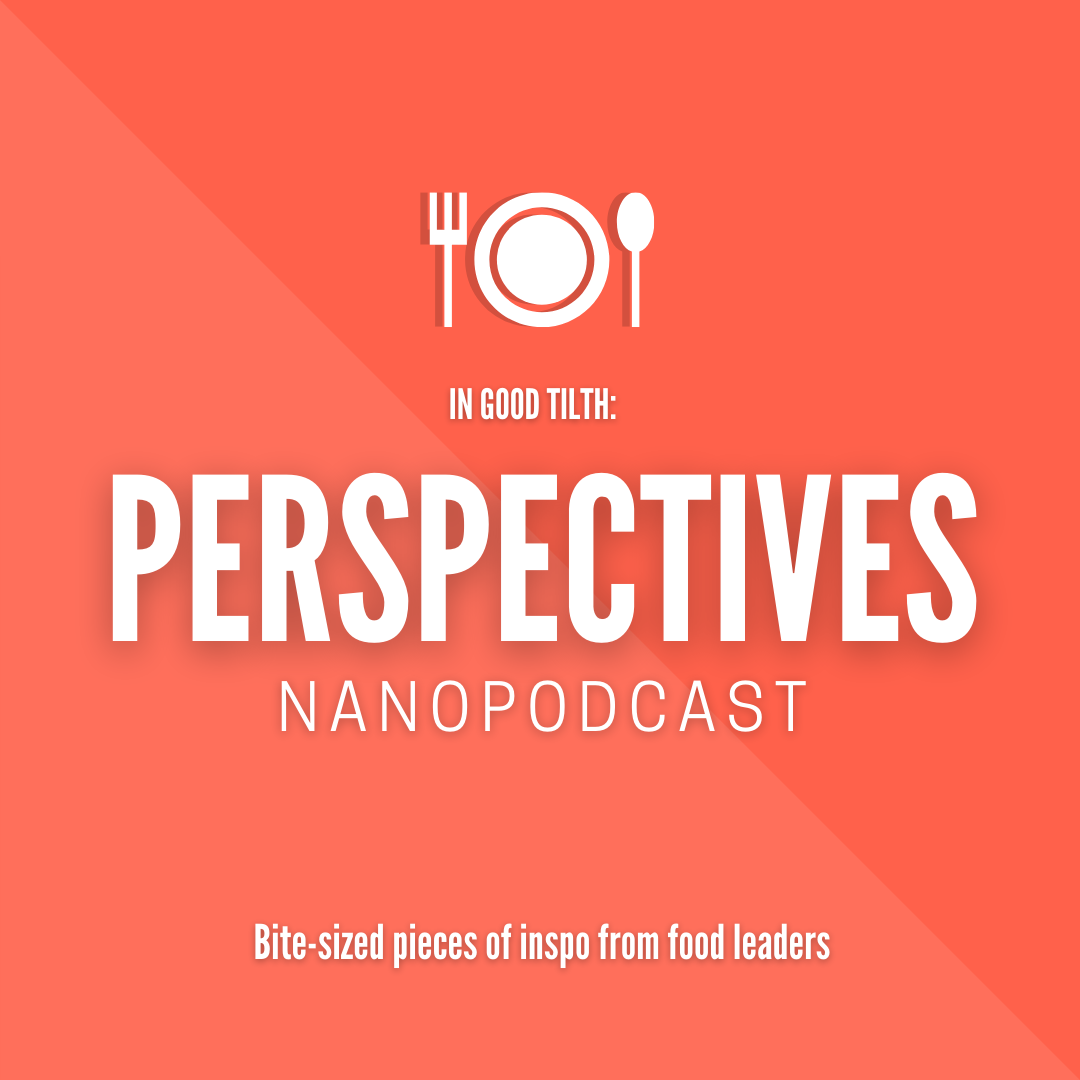It’s a fair bet that more Americans have visited a farm in the movies more than in reality. Thus our idea of what constitutes a farm may be a place where pigs can be trained to believe they are trophy sheepdogs (Babe, 1995) or where you mow down the corn so phantom ball players can chase grounders at midnight (Field of Dreams, 1989).
This conception of the farm may be changing, thanks to the reappearance of actual farmers and the movement of buying local. It’s become obvious that many Americans want a personal connection to farmers and to food itself. They are saying so with their wallets.
Food suddenly has a face. Savanna Lyons, who used to manage the farmer’s market in Fayetteville, W.Va., says markets in the Mountain State aren’t always driven by the “pocket motivation” that fuels larger ag enterprises.
“Farmers markets are partly on the rise because they’re are an opportunity for small farmers to share cultural traditions like gardening or canning with others.”
Lyons, now a graduate research assistant at the Leopold Center for Sustainable Agriculture at the Iowa State University, notes, “What I’ve seen is that some customers just want to remember their childhoods — some connection to the land — but a significant portion want a sense of community, too.”
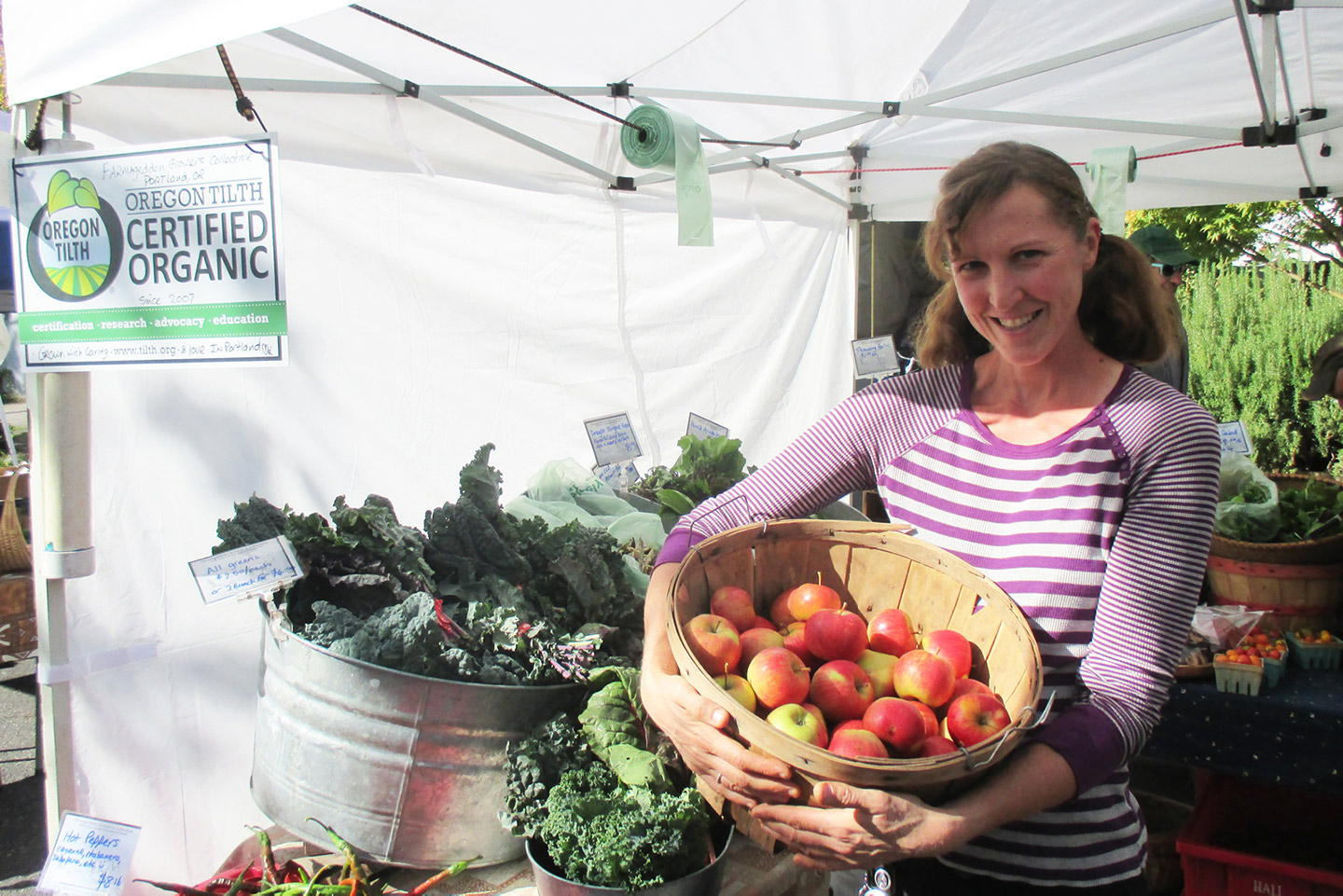
A rebellious return to the past
Community. Canning. Real people making real things. This is now a novel idea in the U.S. It seemed to die out for most of the last century. In 1900, says the U.S. Department of Agriculture, 41 percent of the population was employed in growing things and raising livestock. In 2000, the last figures available, only 1.7 percent of the population had soil under its fingernails.
During the same time span, the nation lost 63 percent of its farms, but the average farm size grew 67 percent. Little farms merged to become something grandiose, but not necessarily grand — factory farms. Conglomerates. Big League, Brooks Brothers, NYUSE industrial ag. Food grew in boxes at Safeway or sprang from coffin-coolers under automated misters in aisle nine. Vast monoculture landscapes of corn, canola, alfalfa. In some years, thanks to federal subsidies and price protection, a farmer was merely a landowner who tilled naught but the U.S. Department of Treasury.
And so rebellion. Some people just got soulfully sick of the mechanized acreage and the invisibility of the men and women whose labor feeds our bodies. People needed food and farmers to be real again. Some went so far as to seek them out, and court their friendship.
Adrianna Locke, an acupuncturist, who shops at the Portland (Oregon) Farmers Market, is an example of someone on that quest.
“Local is king with me,” says Locke, who says she incorporates the ethos of local foods and whole foods into her clinic. “The most attractive part is that I can talk with people about their farming practices.”
“I like to get close to the farmers,” explains Simone Savaiaño, chef and owner of Mucca Osteria, an Italian restaurant in southwest Portland. “When I’m shopping for the restaurant, I want to know the vendors personally. If I just pick up the phone and order, I don’t really know what I’m getting or who’s producing it.”
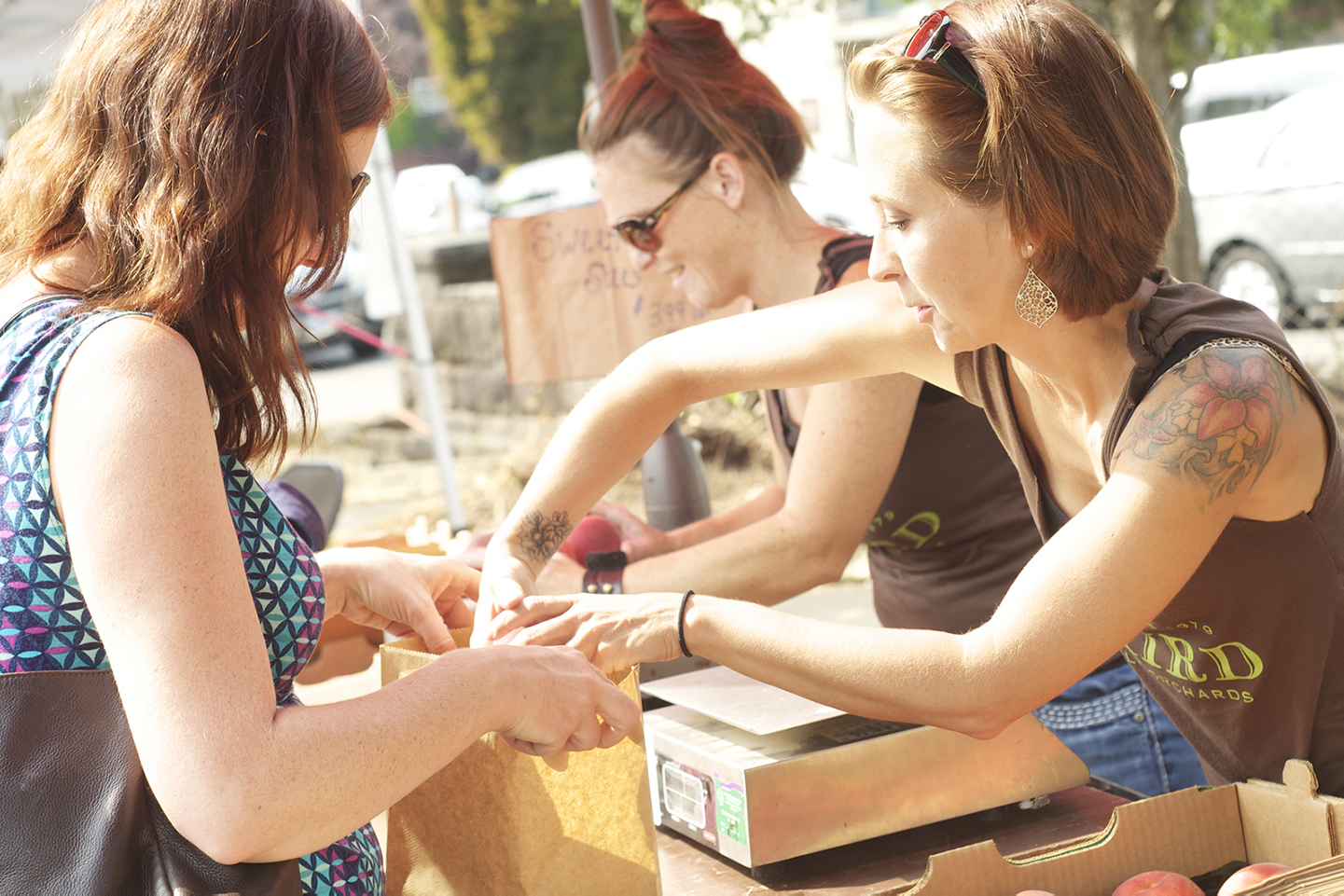
Local matters most
It’s surprising how many consumers say buying local is more important than buying organic, although most seem to ask for assurances that farmers aren’t using pesticides.
Kelly Merrick, communications manager for Portland Farmers Market, says the agency conducted a 2012 survey that found consumers “were more concerned about where food was grown and who grew it than they were about whether or not it was organic.”
“They want to know how far it came from,” Merrick explains, “and if it involves animal products they want to know if the animals were raised in a humane and sustainable way.”
At the Montavilla Farmers Market in SE Portland, you can meet the congenial Winter Hardy, former New Seasons pastry chef and now owner of Winter’s Baking Company in Portland. Hardy will explain to you that she uses only whole foods in her confections. No refined sugar. No oils. No flavorings, no added sweeteners.
She does this in a very personable, patient way, which makes the whole shopping experience a lot more charismatic and interesting than reading USDA-mandated food labels. Another sweet thing is hearing Hardy talk about how the folks at Greenwillow Grains (Brownsville, Ore.) gave out pumpkin seeds to local farmers so that producers wouldn’t have to rely on the Chinese market, which she says ships 90 percent of the pumpkin seeds consumed (or planted) in the U.S. There’s another thing you won’t get on a faceless label — one farmer or producer graciously promoting another.
But why the recent interest in buying local? A connection to farmers is definitely part of it, but buying local might also be motivated by worries over global warming. Obviously, that’s because food miles translate to carbon dioxide emissions. To be a little more specific, a six-axle tractor trailer hauling lettuce the 894 miles from Salinas, Calif., to Seattle, Wash., generates (based on figures from a 2009 transportation study) 2,484 pounds of CO2. For one truck, on a one-way trip.
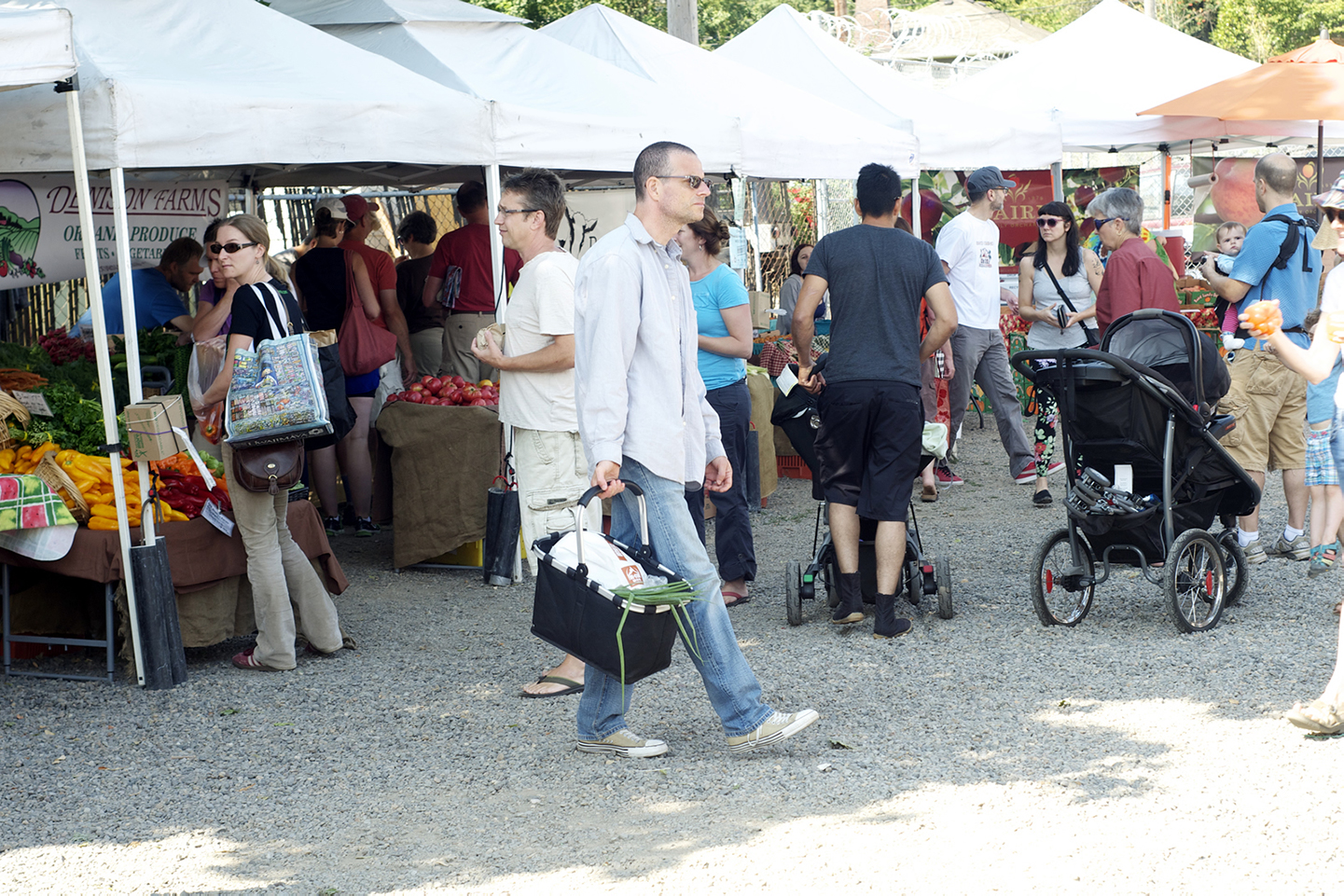
Concern, climate and community
“People are concerned about climate change and the unpredictable impact it has on our crops,” says Billene Nemec, coordinator for Nebraska’s statewide Buy Fresh Buy Local program.
“They say they’re concerned about chemicals and the impact they may have on our soil, water and our health, and they’re buying local because food doesn’t travel as far and it doesn’t need the packaging. And they have the pleasure of personally knowing the grower of their food.”
What constitutes local, though, is an iffy proposition. The 2008 Farm Act reads, in part, that products stamped (or otherwise identified as) “local” must originate in the “locality or region in which the final product is marketed, so that the total distance that the product is transported is less than 400 miles from the origin of the product.”
Clearly, buying local and organic avoids the carbon emissions associated with the manufacture of chemical fertilizers and pesticides, as well as the industrial infrastructure necessary to manufacture and disseminate those compounds.
Yet, it’s not like shoppers are wandering through the markets with graphing calculators. The idea of sustainable food (we hear them say) is first and foremost about relationships. To the earth, and to each other.
Merrick says the Portland Farmers Market is decidedly local. Eighty percent of vendors travel less than 100 miles to the market, and three vendors travel less than two miles. Not all are certified-organic, but most are part of the community they’re feeding. “Other than harvesting vegetables in your backyard, I don’t think you could get closer than that,” she adds.
Nemec believes there’s a greater customer interest in buying local because, “consumers are getting more knowledgeable, and they know the questions to ask. How do you produce this? Do you use herbicides or pesticides? When do you apply them?”
Consumers are wary about food safety disasters in China and other nations without rigorous public health standards. Nemec says her favorite question — one she sometimes hears at Nebraska farmers markets — is, “What kind of chemicals do they use?”
To which she replies, “H.O.E.”
That is, one with a wooden handle and a sharp blade.
As of Aug. 17, buying local from small, sustainable farms in the High Plains just got a huge boost from social media. The hottest topic in the state is an alarming study by the University of Nebraska-Lincoln, noting that chemical fertilizers and animal wastes have polluted two major aquifers extending from South Dakota, through Nebraska, south to central Texas. Specifically, researchers found that nitrates and wastes from industrial farming bonded with uranium in the (already troubled) aquifers, resulting in groundwater that now contains as much as 89 times (per EPA standards) the maximum safe concentration.
All the more reason, Nemec believes, to turn to your neighbors, the people you know (or could know) if you want a healthier future.
“This is how we change a food system,” Merrick concludes. “Look at it this way: you know who your dentist is. You know who your doctor is. You need a dentist maybe twice a year. But you need a farmer every day. Why wouldn’t you want to know that person?”

